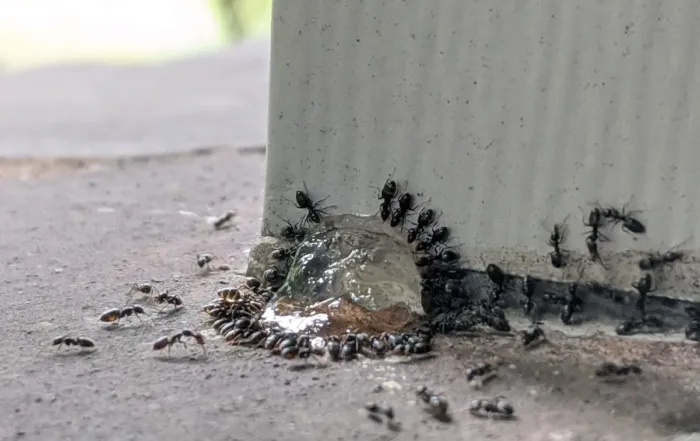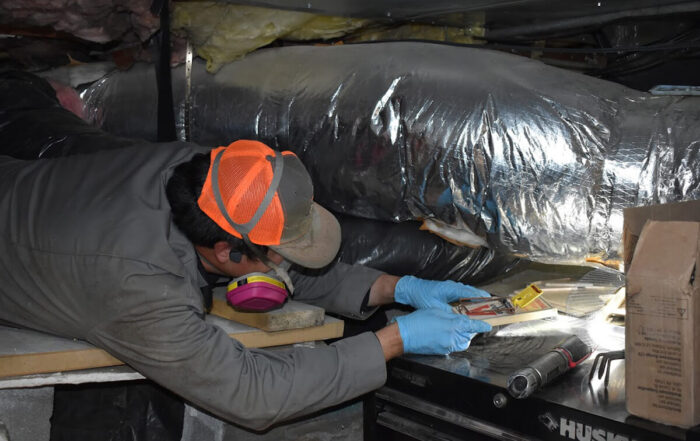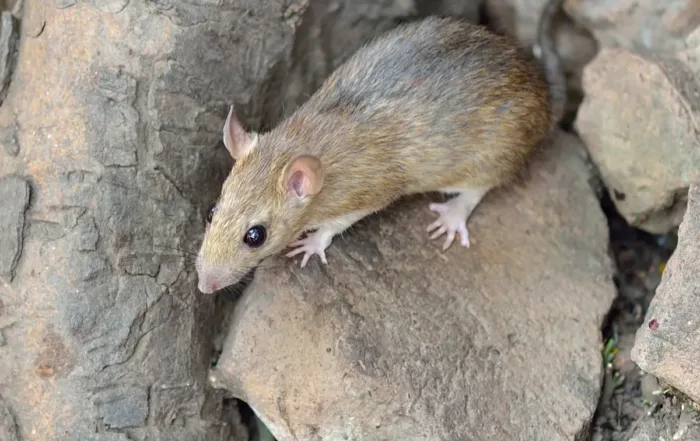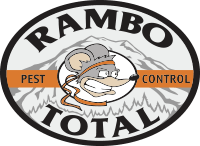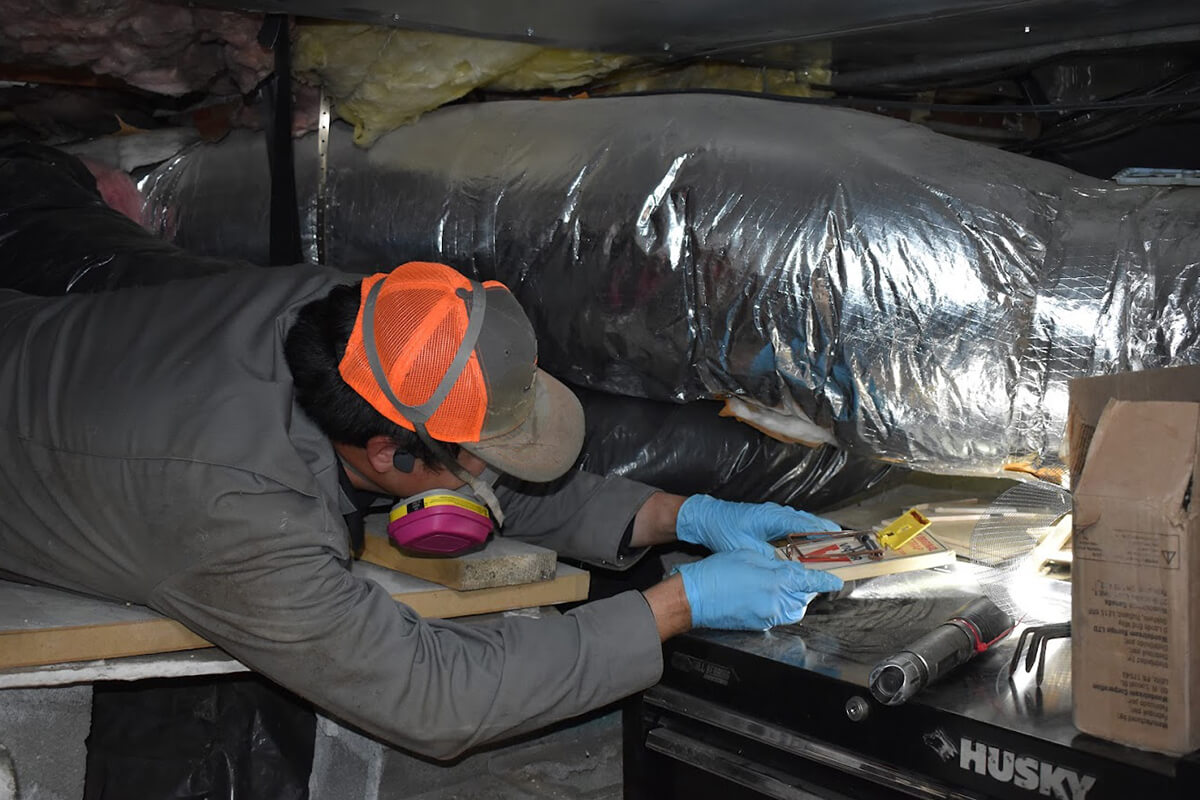
Warning Signs of a Rat Infestation
Rats are a very common issue that property owners in the Tacoma area and the entire Pacific Northwest have to deal with. You may have begun to notice some of the warning signs indicating that you have a rat infestation on your hands. You might not realize that your property has a rat infestation until it has already gotten out of control.
One sign of rats in your building is if you notice nesting materials such as dried vegetation, shredded paper, and fabric scraps in places that they shouldn’t be. You might start to see chew marks on food packaging and furniture. One factor that people sometimes don’t realize could be due to rats is a stale or unpleasant odor that you can’t identify the source of.
Rats are also able to forcefully create entry points into buildings by chewing through walls and floors. You might notice raisin-like rodent droppings, which will usually be located in areas that rats frequent, such as:
If you start noticing these tell-tale signs, you should immediately reach out to a pest control professional. By the time that you notice something is wrong, the infestation could be well underway. There are some methods that you should follow to prevent rats from moving onto your property in the first place, to keep a bad situation from happening in the future.
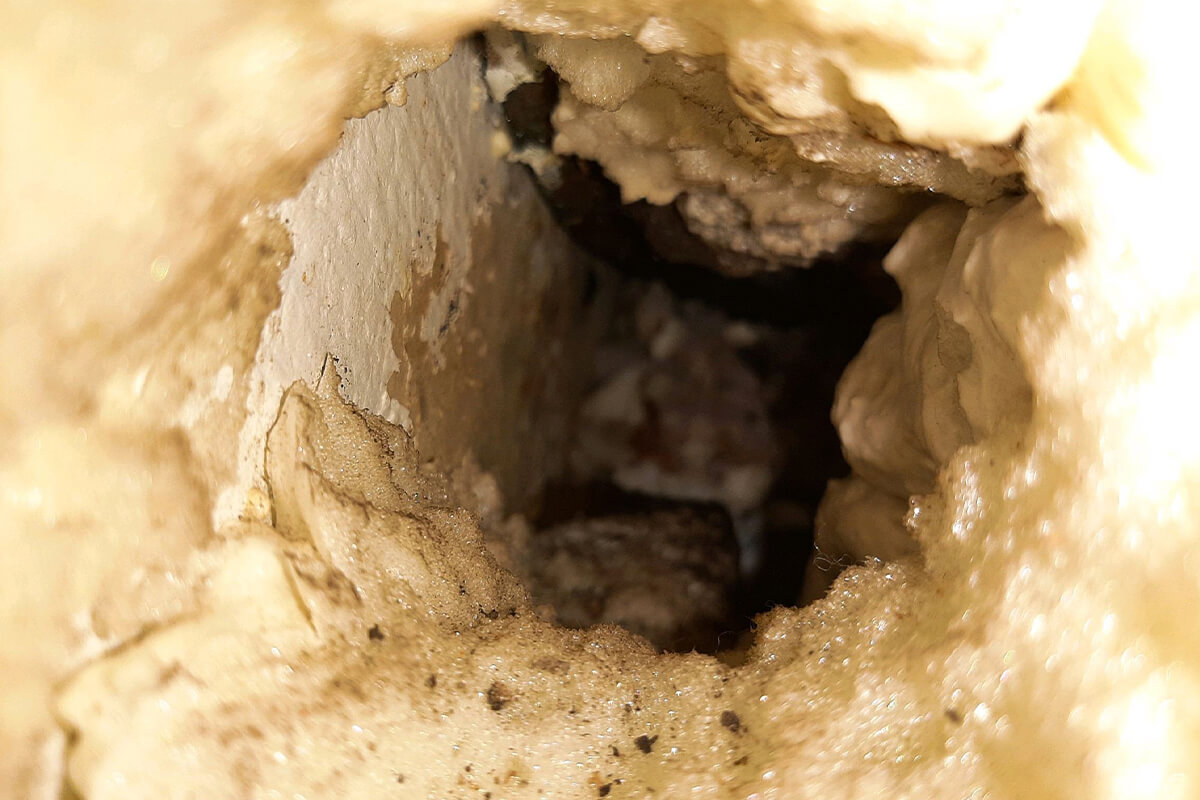
How to Prevent a Rat Infestation
It is important to be aware of preventative measures that you can take so that rats won’t decide to take up residence on your property. The main important things you should do are get rid of potential areas where rats can take shelter, as well as sources of water and food.
One way that you can keep rodents out of your home is sealing any holes outside and inside the structure so that rats can’t get in. You should also remove areas where rats could potentially nest, such as piles of mulch and leaves. Compost piles are a resource that rats often use for food, so you need to make sure that your compost pile is inaccessible. The food in your pantry shouldn’t just be sitting out, and needs to be stored in proper containers.
How a Pest Control Expert Treats for a Rat Infestation
Before attempting to tackle a rat infestation on your own, you should call a professional to help you. Pest control experts know how to best address a variety of pest issues, including rat infestations.
An expert pest control team usually begins their investigation by walking around the perimeter of the structure, looking closely to locate any potential entry points. It is important to get every entry point bigger than a dime sealed up. The next step is to inspect the inside of the home on hands and knees and seal up any possible entry points. Experts will also make sure to look for entry points in the roof and eave areas of the building. It is important that no entry points are overlooked, because otherwise the issue will continue on.
An expert knows that expanding foam should not be used when trying to prevent rats from gaining entry into a building. This is because rodents have impressive gnawing abilities and can chew right through holes sealed with expanding foam in under a minute. Instead, many pest control professionals opt to block off entry points with quarter inch steel mesh, which can be secured in place using screws, staples, or some variety of construction-grade adhesive.
Pest control experts will also take the time to go into your crawl space (the area underneath your home, if there is one) and inspect it. Equipped with a respirator and a flashlight, the pest control professional will search for any potential rat entry points in your crawl space.
Oftentimes, entry points into your crawl space will not be visible from the outside of the building, and can only be seen when trained eyes are searching for them from inside of the crawl space. Our experts at Rambo Total Pest Control will move insulation so that they can expose any hidden entry points. After their thorough inspection, they will make sure to seal up all of the entry points that they have located.
One method that is helpful in controlling rodent populations is setting snap traps in areas of the property where evidence of a rodent infestation has been found. The traps should be placed perpendicularly to runways or walls, and the trigger should be facing in the direction that the rodents will most likely travel by.
An important thing to remember is that rats and mice need different sizes of traps. Use traps meant for rats if you are dealing with a rat infestation, and the same for mice. If you use the wrong trap size, then the rodents could trigger the traps, but not get caught in them. Rats and mice are surprisingly smart pests, and will learn to avoid traps if they snap, but they are able to escape. Once a rodent population learns and becomes trap shy, it’s much more difficult to get them under control.
Rats have no obligations like work and quality time with friends, and neither do they have tv shows that they need to catch up on. All they do, around-the-clock, is search for food, locate shelter, and reproduce. Because of this, you may be surprised at what they are capable of doing in their quest for food. This is why traps should be regularly checked, as well as entry points that have already been sealed up.
When someone is dealing with a rat infestation, they should not continue to feed birds and other wild animals. If food is available for other creatures, then rats will certainly take advantage of this free food source.
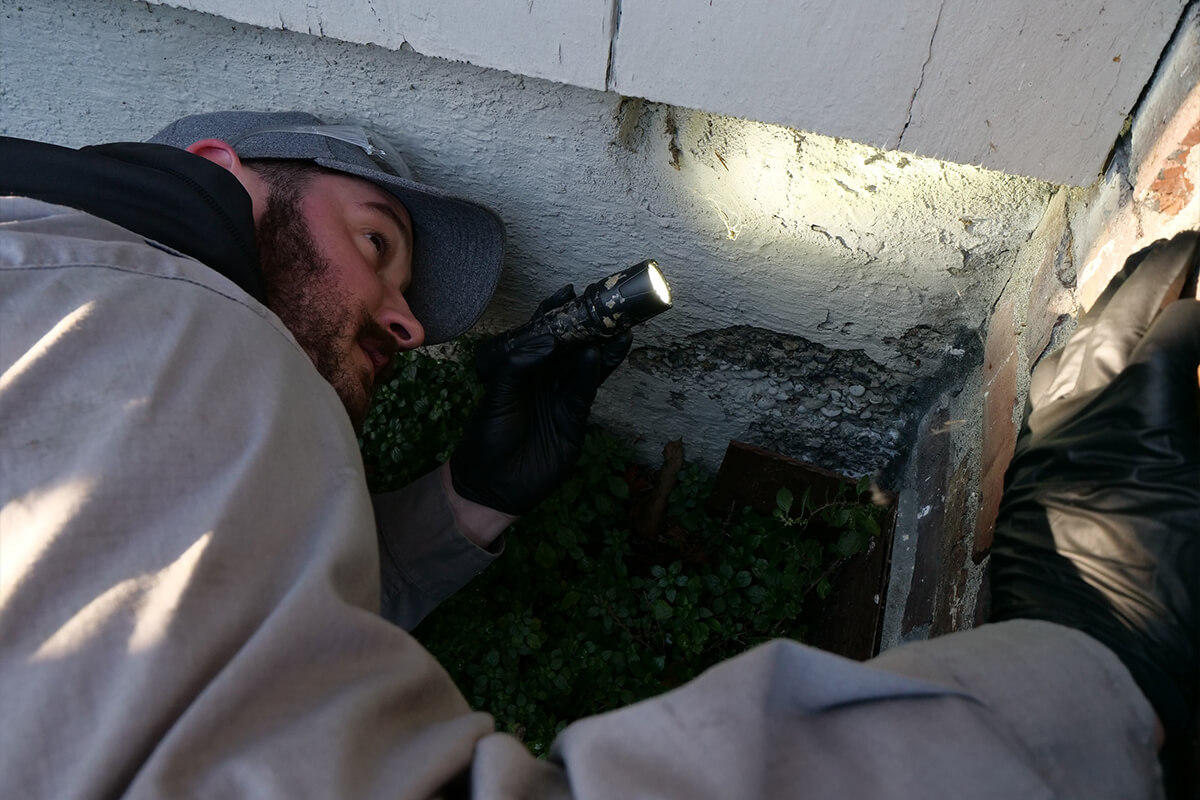
Hire a Rodent Removal Specialist to Get Rid of a Rat Infestation
Controlling rats and mice is a complicated issue, and so it should only be done by professionals that have extensive experience and are dedicated to safe and properly done pest control. With the help of our experts, not only will you be rid of your current rat infestation, but we will prevent them from intruding again in the future.
The bottom line is: if you want to get rid of rats the right way, you should get the assistance of a professional pest control company. Rambo Total Pest Control is here for you.
